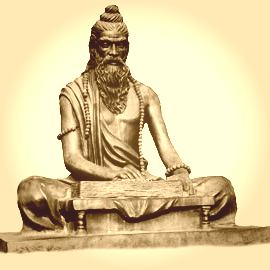I started studying Yoga when I was 17 with Patanjali Yoga Sutras in various translations, and then read tons of book on various traditions in Yoga (Hatha, Pranayama, Kundalini, etc). First, I would like to present to you my personal compact version / interpretation of the 8 limbs of Yoga योग.
Yoga Sutras are based on atheistic philosophy Samkhya, an orthodox (Astika) and atheistic Hindu system of dualism.
8 Limbs of Yoga
My Short Version
For bliss:
- avoid violence, illusion, greed, wastefulness, possessiveness;
- be clean, content, and engaged; study and respect own mind;
- exercise and breathe efficiently;
- control impulses, abstract, concentrate, and think.
A Longer Version of 8 Limbs of Yoga
External aids to Yoga
Bahiranga Sadhana
- Yama refers to the five abstentions: outward observances:
- Ahimsa: non-violence.
- Satya: non-illusion, truth.
- Asteya: non-greed.
- Brahmacharya: energy conservation.
- Aparigraha: non-possessiveness.
- Niyama - inward observances:
- Shaucha: cleanliness.
- Santosha: contentment.
- Tapas: effort.
- Svādhyāya: study.
- Ishvarapranidhana: acceptance of the fullness of self.
- Asana: firm and pleasant postures. A good pose is one that stretches and strengthens simultaneously, in all the ways the body needs, in order to create optimal physical alignment.
- Pranayama: extended breathing.
- Pratyahara: withdrawal of senses from external objects.
Internal aids to Yoga
Antaranga Sadhana
- Dharana: concentration.
- Dhyana: meditation.
- Samādhi समाधि, equilibrium ("samā") of a detached intellect ("dhi"): bliss, realization of unity.

